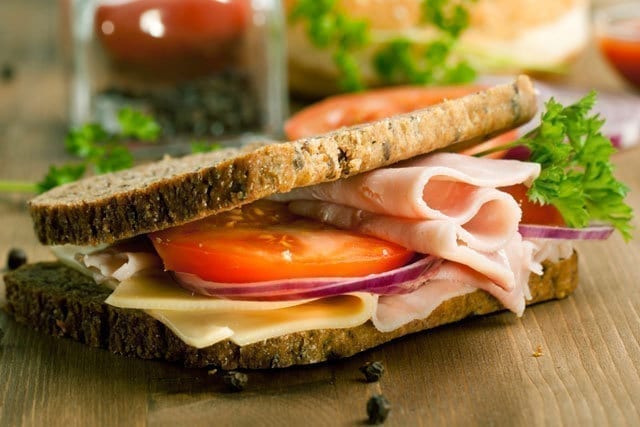Trying to shed a few extra pounds? Rather than obsessively tallying calories, you can achieve significant results simply by switching to a large breakfast rather than a big dinner, according to a July 2013 study published in the journal Obesity. Turns out, this eating plan takes advantage of natural fluctuations in the body’s metabolic cycle and reduces diet-sabotaging carb cravings later in the day.
READ MORE: The Best Breakfast to Curb Cravings
“The time of day that we eat can have a big impact on how our body processes food,” says Daniela Jakubowicz, a professor at Tel Aviv University and co-author of the study. “For effective weight loss, appropriate meal timing is more important than counting calories.”
Jakubowicz and her colleagues recruited 74 overweight or obese women and divided them into two groups. One group favored a protein- and carbohydrate-heavy breakfast, consuming around 700 calories at the beginning of the day, 500 calories at lunch and 200 calories at dinner. The other group reversed that eating regimen, sticking with a larger dinner and a smaller breakfast.
After following their respective diets for three months, differences had clearly emerged between the two groups: Women who ate the calorie-heavy breakfasts dropped, on average, about 19 pounds—11 pounds more than their big dinner counterparts. “The same caloric intake spread differently throughout the day leads to a different body weight,” notes Oren Froy, a professor at the Hebrew University of Jerusalem and co-author of the paper. “There is a beneficial effect for a large breakfast over a large dinner.”
READ MORE: Trick Yourself Into Eating Less
What’s more, the waists of the big breakfast-eaters were nearly two inches trimmer than the evening eaters, and their glucose and insulin levels dropped significantly more. Additionally, the big breakfast group reported feeling less hungry and more satisfied throughout the day.
“Not eating breakfast is like building a house without laying the foundation,” says Keri Glassman, a dietician and nutrition counselor who was not involved in the study. “You have to have breakfast to get your metabolism going, otherwise you will end up over-consuming later in the day.”
Do Try This At Home:
Froy thinks the study’s findings would also hold true for non-obese or overweight women looking to lose weight. And he encourages giving the big breakfast meal plan a try.In case you’re curious about what exactly the 700-calorie breakfast eaters consumed, here’s a taste: 2 slices of whole wheat bread with 4 ounces of light tuna in water; 16 ounces of skim milk; ½ cup of tomato, basil and mozzarella salad; 1 cup of coffee—all polished off with a small dessert, such as a milk chocolate bar. “The dessert usually decreases the carb craving later in the day,” notes Jakubowicz.
READ MORE: Dessert…for Breakfast?
If that sounds like a lot of food in one sitting, it is. So rather than chowing down on it all at once, Jakubowicz recommends eating the big breakfast in two parts: when you first wake up and then no later than 9 a.m. “If you are hungry at noon, it means that your protein intake at breakfast was not enough so you have to increase the protein in the morning,” she points out.For lunch—served no later than 3 p.m.—the big breakfast group dined on 5 ounces of grilled chicken (or fish or another lean meat) with 1 tablespoon of light mayonnaise, 1 can of beef broth soup, and 1 cup of green salad with balsamic vinaigrette, along 1 cup of fruit, such as melons. By the time dinner rolls around, your appetite should be sufficiently quelled to require nothing more than a light, carbohydrate-free meal, such as 2 scrambled eggs, 5 slices of turkey breast, and a cup of coffee.
READ MORE: Are You Getting Too Much Protein?




































